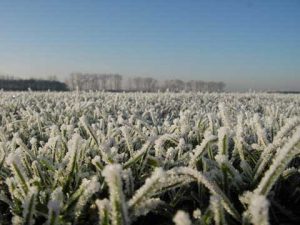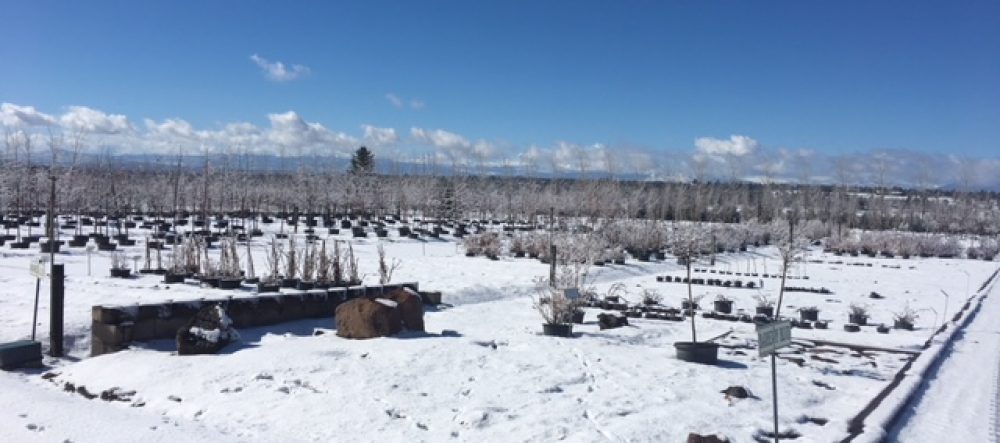 Avid golfers and soccer players are familiar with frost delays for early morning matches. These delays are for the protection of the grass. Homeowners should take note not to start lawn activities too early on these brisk mornings.
Avid golfers and soccer players are familiar with frost delays for early morning matches. These delays are for the protection of the grass. Homeowners should take note not to start lawn activities too early on these brisk mornings.
Frost is most easily described as frozen dew. A settling frost causes a covering of ice crystals on leaf surfaces. When this area is trafficked it can cause the grass to be injured. Foot traffic or vehicular traffic can cause damage that will take weeks or months to heal.
Why the injury is caused is debated, some claim the cells of the plant are damaged because the water in the leaf tissue is frozen and the tissue is brittle. Others believe that the crystallized water punctures the grass blades in thousands of places causing wounds that cannot heal. Whatever the cause, the damage cannot be refuted. Injury to frost covered grass will not be seen right away but will be noticeable 12-48 hrs after the damage is done. Often the injured grass will get a purple or black hue. The grass will turn brown as it dies. Dead grass will leave areas for weeds to germinate. Damaged grass that does not die will be more susceptible to disease.
To avoid damaging grass that is covered in frost it is important that it not be walked on, mowed or trafficked in any way. Frost will quickly melt once the sun rises. Low lying areas and areas in the shade of trees and buildings will be the last to thaw. Have some patience and the grass will appreciate it.
Information used by http://www.thelawninstitute.org
